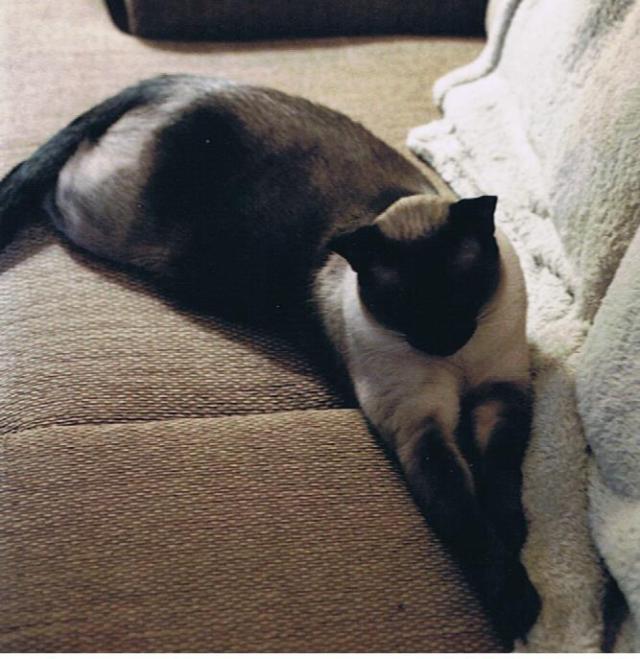Posted on December 17, 2023 by dalesittonrogers
I’d wanted to go skiing ever since I saw “I Love Lucy” set at a ski resort, and I finally had my chance after Rick and I had been married several years. It was a five-hour drive from our home in South Carolina to Beech Mountain, North Carolina, and we could tell we were in unfamiliar territory as the terrain became hilly and patches of snow covered cow pastures.
When we finally reached our destination, car sick and exhausted, we discovered that our hotel was set in a curve of the main road running up the mountain, which meant traffic passed the lodge on both sides, practically encompassing it. We tried not to focus on this as we settled into our room, which included a sitting area and a kitchenette. With a treated log in the fireplace and heat strips running around the entire suite to make it extra warm, another perk of the establishment was free hot chocolate.
Needless to say, our first evening was cozy, sitting before the fire and tasting the best hot chocolate of our lives. The electric heat was tremendous. I’m cold natured, but even I thought it was a little overwhelming, so we turned it down. The buildings in the area were well-heated in general, which surprised me. I guess everyone wants to warm up after a long day on the slopes.
The next day, we started preparations for our first ski adventure, not knowing it would take hours. Snow fell at an alarming rate, and we heard that chains were required for anyone driving up Beech Mountain. We stopped at a ski shop to buy some, and they offered to put them on our tires. Thinking we could get our ski gear while we waited, we agreed, not realizing how long it would take, or that the woman at the shop couldn’t help us with our skis and other paraphernalia. By the time we purchased goggles and rented skis and all the clothing deemed necessary for our lesson, we’d spent a small fortune. (We had coupons we could have used at a nicer shop farther up the mountain, but we needed chains to get there.)
Armed with everything a skier could possibly need, we started up Beech Mountain. The road hadn’t been cleared, so we slipped and slid, hoping we wouldn’t plunge to the bottom as we rounded unprotected curves. When we finally made it to the ski area, trudging through the snow to sign up for a lesson, I was amazed at how comfortable I felt, despite the twelve degree reading on a thermometer. (Those ski clothes really work!)
The snow still fell incessantly as we joined our instructors and other would-be skiers, so I wore goggles as I listened attentively to advice concerning turning around, slowing down, and stopping. The goggles seemed to throw off my balance as I struggled to maneuver brand new, slippery skis, and I suddenly slid to the ground without warning. At least it was a comfortable fall, since there was about a foot of snow on the ground.
Next, we were told to follow our leaders down, then up a small incline to mechanical arms flying by, conveyor-belt style, waiting for each of us to grab one and be pulled up the hill. I was doing okay, but the young lady in front of me was barely moving. I didn’t want to seem rude by passing her, so I was forced to slow down, which made it difficult for me to get up the hill. By the time I reached the arms, I felt rushed, so I grabbed one before I was ready. (I should have paid attention to my instincts.) The monster flung me part of the way down the hill, wrenching my knee in the process. I didn’t want to go through that again, so one of the instructors, let’s call him Mike, walked with me to the top, and I prepared for the descent.
When my turn arrived, I took off, zooming down the hill like a pro. Maybe I should’ve been in a race, because I found it impossible to slow down as I approached an orange barrier. Plowing didn’t help. Nothing helped. Delving into the far reaches of my mind, I remembered the way Olympic skiers stop, so I tried their method, turning my skis to the side, hoping for an easy, complete stop. It worked, and Mike called out, “Good!”
I felt pleased with myself until I fell directly into a snowy drift. I tried to release my skis, but sprained my left thumb instead. Mike came to my rescue, but he had trouble with the lever too. He commented on how slick my skis were. These revelations made me feel better about having so many problems, but it’s frustrating that I didn’t have the equipment I needed in order to ski properly. I informed Mike that I’d had enough. With two injuries and a stinging sensation starting in my thumbs because of the frigid air, I just wanted to get warm and dry. I received my wish after Rick took his plunge down the hill, stopping the same way I did.
Arctic air continued to move into the area, and by the time we went to bed that night, the wind chill was well below zero. The log we burned the night before hadn’t been replaced, and our free hot chocolate seemed lower in the cups the longer we stayed at the resort. We made the mistake of not turning the heat back up, and it really made a difference. About midnight, with windows to the parking lot just above my head, I was freezing in bed. I heard cars pulling in, then the screams of young girls as they hurried to the building with sub-zero wind whipping around them.
All in all, it was an interesting trip to what seemed like another planet at times, or at least the top of the world. We had grown so accustomed to the snow, it seemed odd when we drove toward home and it disappeared. We hope to try another resort someday and use those goggles we bought.
























